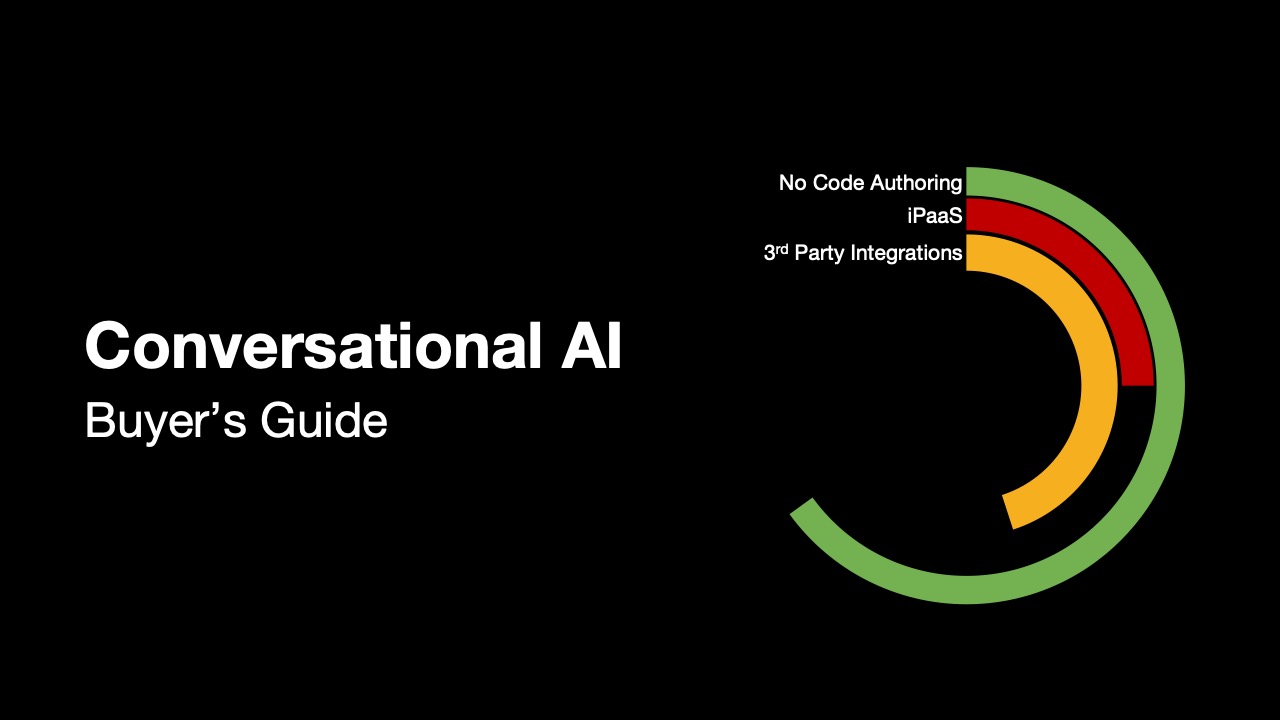Begin with the eye-opening statistic that 97 percent of all mobile users want a machine learning-powered voice assistant to assist them with their inquiries.
Isn’t that incredible?
We are on the cusp of a new era where machines learn to think and act for themselves. And machine learning is already starting to impact our everyday lives in a big way. For example, machine learning is being used more and more to recommend books, movies, and music to us based on our past behavior.
It’s also being used to help route phone calls more efficiently and even diagnose diseases. The possibilities are endless, and the future is fascinating.
If you’re new to machine learning, don’t worry. Entering the world of machine learning can be overwhelming for beginners. There are many concepts to learn and so many different technologies to choose from. It’s hard to know where to start.
The good news is that there are plenty of machine learning projects you can do to gain practical experience and level up your skills. In this article, we’ll share the top machine learning projects for beginners and advanced learners.
Top 5 Machine Learning Projects For Beginners
As a beginner, you probably don’t have experience working with machine learning algorithms. That’s why it’s essential to start with projects that will help you better understand the basics.
Below are 5 basic machine-learning projects for beginners that will help you get started:
1. Housing Prices Prediction
Predict housing prices for a given market using linear regression. This is a great project for those just starting in machine learning as it only requires a basic understanding of linear regression.
However, if you want to make things more challenging, you can try to predict housing prices using a more complex algorithm such as a support vector machine.
2. Google Search Analysis With Python
With 8.5 billion searches per day, it’s clear that people are looking for information on Google – but how do they find what they need? If you want to know which topics or keywords garnered the most interest from your audience during this time period (and whether there are any seasonal fluctuations), try using pytrends with “machine learning.”
This API provides valuable insight into where consumers’ minds seem focused right now and gives an idea about long-term trends in web search activity by type of query entered into Google.
Not only is this a great project for beginners, but it’s also interesting to see how people’s search behavior has changed over time.
You can use the data to predict which topics will be popular in the future and adjust your content strategy accordingly.
3. Identifying Twits on Twitter Using Natural Language Processing
You can determine the probability that a given Tweet originated from any user in just seconds with sentiment analysis. This natural language processing technique scans through text documents for specific filters – racism or misogyny- and separates them out automatically.
For example, Twitter does this by scanning all posts on their platform and looking at how often certain words appear relative to others.
You can conduct a similar project by picking two users, scraping their
Tweets, and running them through the natural language processor before classifying them with machine learning algorithms. The predict-proba method will determine probabilities for you.
If you want to get started with NLP, this is a great project to try.
4. Chatbot Using Python
Chatbots are unique among AI applications. They allow for human-like conversations, where the bot takes on a personality and interacts with customers as if it were another person. This can be done through simple chat programs or more complex interfaces, depending upon your needs – but either way, you’ll have an amazing machine learning tool at hand.
If natural language processing interests you, try creating one using Python’s NTLK library, which allows bots to converse fluently across different languages via machine learning algorithms typically found in other software types.
To get started with your chatbot, you’ll need to compile a list of queries and their corresponding responses. Next, run the program as if it were an app on Facebook Messenger so that when someone presses “start conversation,” Python NLP can process what they said into text.
5. Image Recognition
Image recognition is a major application of machine learning used in various industries, from self-driving cars to facial recognition software.
There are many ways to get started with image recognition, but one easy way is to use the Google Vision API. With this tool, you can label images with labels drawn from a pre-trained machine learning model.
This API is easy to use, and it’s free for up to 1,000 image labels per month. If you want to try something more challenging, you can try building your own image recognition system using a convolutional neural network.
Top 4 Machine Learning Projects For Advanced Learners
Being an advanced learner means that you already have some experience with machine learning under your belt.
So for this section, we’re going to focus on advanced machine learning projects that are a little more challenging.
6. Finding Frauds While Tracking Imbalanced Data Sets
Fraudulent activities can take many forms, from false insurance claims to credit card fraud. No matter the type of fraud, one thing is certain: it costs businesses billions of dollars every year.
The problem with fraud detection is that it’s hard to distinguish between authentic transactions and false positives. Fraudsters are in such a minority, so predictive models often struggle when they come up against imbalanced data sets like this one – where there might be more predictors for “fraud” than actual cases of fraud being committed.
This sometimes means machine-learning algorithms will produce an output incorrectly predicting real business value from these unlikely scenarios where nothing really happened.
Following are the top strategies to detect fraud:
- Oversampling
- Undersampling
- A combined approach
With the above 3 methods, you can better train your machine learning model to identify fraud.
7. Text Summary
Text summarization is creating a short, accurate, and representative summary of text data. This is a difficult task for machines because they have to understand the context of the text in order to generate a summary that accurately reflects its meaning.
There are many different text summarization methods, but one of the most popular is the extractive method. This involves selecting key phrases and sentences from the text data and combining them to create a summary.
The extractive method is suitable for beginners because it is relatively simple. However, it does have some limitations. For example, it can sometimes produce summaries that are too short or contain information that is not relevant to the original text.
Another advanced method is the abstractive method. This approach involves generating new phrases and sentences that capture the meaning of the text data. This is a more difficult task for machines, but it can produce more accurate and representative summaries.
To construct a text summarization system with machine learning, you’ll need some knowledge of Pandas, Numpy, and NTLK. For word representation, the Glove method, an unsupervised learning algorithm is used.
8. Netflix Artwork Personalization
Netflix has always been at the forefront of innovation, and now it’s taking things one step further by using AI to provide personalized title recommendations. Netflix also ensures that you’re seeing ads for your favorite shows with custom artwork designed just for each user.
The project’s main purpose is to show the most relevant artworks while a user is scrolling through titles in the Netflix app. The artworks are based on three factors:
- The show or movie title
- The user’s profile
- The user’s viewing history
9. YouTube Comment Analysis
YouTube is the second-largest search engine globally, with over 2.6 billion users. It’s also one of the most popular social media platforms, with users spending an average of 23.7 hours each month on their mobile app.
With so many users, it’s no surprise that YouTube has become a target for trolls and bullies. YouTube comments are often filled with hateful and offensive language.
It is easy to analyze the conversation happening around your videos with a library like Youtube-Comment-Scraper-Python, which downloads YouTube video comments using browser automation and natural language processing techniques.
Also Read: 11 Real-World Machine Learning Examples
How to Generate Great Machine Learning Project Ideas?
Possibly the hardest part of machine learning is coming up with good ideas for projects in the first place. The projects we mentioned may seem like they came out of nowhere, but in actuality, they resulted from days, weeks, or even months spent brainstorming.
If you’re stuck on what kind of project to do next, here are a few tips:
Pick an Idea That Excites You
You should pick one that gets you excited out of all the machine learning project ideas out there. It could be a problem you’ve always wanted to solve or something you’re passionate about. By working on a project you enjoy, you’ll be more likely to see it through to the end.
Pro-Tip: if you study or get a job at a company that uses machine learning, try to find a project idea. This will give you some real-world experience and might even lead to a job after finishing your project.
Avoid Going Out of Scope
Part of the reason many machine learning projects fail is that they try to do too much. It’s essential to have a clear focus when working on a project. Otherwise, you’ll never be able to finish it.
Instead of solving a big problem all at once, break it down into smaller pieces that you can work on one at a time. This will make your project more manageable and increase your chances of success.
Test Your Hypothesis Early
When working on a machine learning project, it’s essential to test your hypothesis early and often. This will help you validate your ideas and ensure you’re on the right track.
There are a few ways to test your hypothesis, but one of the most effective is to create a prototype. This doesn’t have to be a fully-functional version of your final product, but it should be able to demonstrate the concept you’re trying to create.
If you can create a prototype that proves your hypothesis, you’re one step closer to a successful machine learning project.
Get Feedback From Others
It can be easy to get bogged down in the details of your project, but it’s important to take a step back and get feedback from other people. This will help you see your project from a different perspective and get some valuable insights.
Revise and Learn From Your Mistakes
One of the most important parts of any interesting machine-learning project is the ability to revise and learn from your mistakes. No matter how well you plan, there will always be bumps in the road. The key is to learn from these mistakes and use them to improve your project.
The Future of Machine Learning
Machine learning is an exciting and rapidly growing field. Many new projects and applications are being developed, so there’s always something new to learn.
If you’re interested in staying up-to-date on the latest machine learning news and projects, we recommend following some of the top machine learning blogs and websites. These are great resources for finding new projects to work on and staying up-to-date on the latest advancements in the field.
Frequently Asked Questions
A machine learning project is a piece of software that uses data to learn from and make predictions.
Python is the most popular language among data scientists and machine learning experts, with 57% using it and 33% prioritizing it for development.
MATLAB is a good choice for machine learning because it offers a wide range of machine learning tools like; image processing, signal processing, computer vision, bioinformatics, model tuning, data visualization, etc.
Python is the go-to language for AI and machine learning. It provides excellent support when it comes to PGMs and deep learning libraries like TensorFlow, Keras, and PyTorch. MATLAB is a good alternative if you’re looking for something with engineering applications.
There is no right answer to this question. It depends on your specific needs and goals. If you’re interested in machine learning, Python might be a better choice because it has more libraries and tools than MATLAB.





